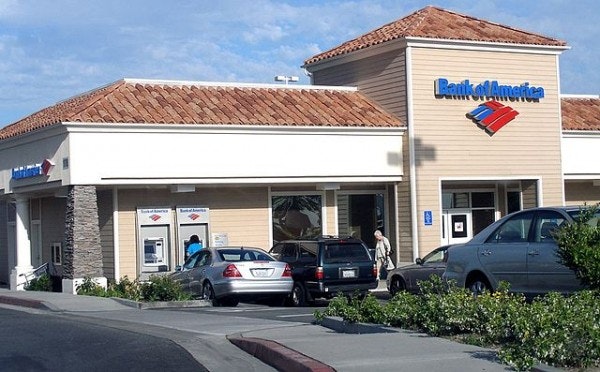It’s no secret that retail investors make an abundance of costly mistakes. The sad thing is that very few actually learn from these mistakes. In this article I am reviewing a number of simple mistakes, with the first being an “activity” related mistake that costs an investor significant gains.

A Story-Line to Create Panic
If you’re like me, then late Sunday night you received an alert from your smartphone informing you that global markets were trading lower after Cyprus’ ATMs basically ran out of money! Our financial system is based mostly on trust, as banks could never secure all deposits. Now, with trust running low in Europe, it will be interesting to see if there is a domino effect of European citizens rushing to remove money from banks.
Due to this economic nightmare, global markets traded with massive losses on Monday, especially the Nikkei and the Hang Seng. For us, U.S. markets showed pre-market losses between 1.0% and 1.5%, but eventually recovered throughout the day. However, before the recovery we saw several signs of panic, and this behavior no doubt created loss and regret.
Wild Price Swings Show Panic at its Best
On Monday, four stocks that I own, Rite Aid Corporation (NYSE:RAD) , Santarus, Inc. (NASDAQ:SNTS), Bank of America Corp (NYSE:BAC) , and Seagate Technology PLC (NASDAQ:STX), all traded with temporary swings lower, all due to panic. Allow me to explain:
Bank of America opened with a price of $12.29 on the European news. It then quickly recovered throughout the day to trade near even at $12.58.This is a company that just announced a massive buyback program, and is also the cheapest of the banks using book value per share. It has a forward P/E ratio of less than 10.0 and the fees and toxic assets surrounding Countrywide continue to improve. These facts should all serve as reasons that short-term volatility and panic do not matter.
Santarus most likely created the most regret, as it traded to new highs on Monday with gains of 2.00%. However, when the market opened it fell sharply lower to $15.66 after the company announced a publication in the peer-reviewed journal Gut of its pivotal Phase 3 study with UCERIS. The study showed that the drug was statistically significant over the placebo, yet the stock initially fell lower. Therefore, those who sold missed a significant swing, as the stock traded in a range of $1.16 from open to close. For those of you who did sell, keep in mind that this is a company with 65% growth and a forward P/E ratio of just 14.58. Therefore, regardless of gains, it is still very cheap and is worth holding and/or buying.
After gaining almost 15% last week, investors must have thought it was time to take profits in Rite Aid. The stock saw a very temporary drop to $1.70, but then quickly reversed to a price around $1.90, maintaining this range for the majority of the day. Much like BofA and Santarus, the value present in this stock makes it almost unwise to take profits. The stock is trading with a price/sales of 0.06 and has eight consecutive quarters of EBITDA growth, with profitability expected next year. Therefore, this uptrend has just begun.
Much like Rite Aid, there was no news on Monday for Seagate, but after large gains last week, investors must have been anticipating large losses on Monday. This stock initially traded with losses of $0.80 but then recovered to trade flat throughout the day. This is the most shareholder friendly company in the market, returning more than 100% of its free cash flow to shareholders, and it continues to trade with a P/E ratio of just 4.50. Therefore, what is the risk, and why would anyone sell?
So what does all of this mean to retail investors? It means that despite large gains in the market, some thing’s have not changed, and the market continues to behave irrationally and is always ready to overreact. With that being said, these are just a handful of stocks that I noticed with this pattern, although I am sure there are more. Therefore, you may want to ask yourself which type of investor you are? Did you see the pre-market losses and sell your holdings? And if so, what can you do to break the habit or change the behavior?
